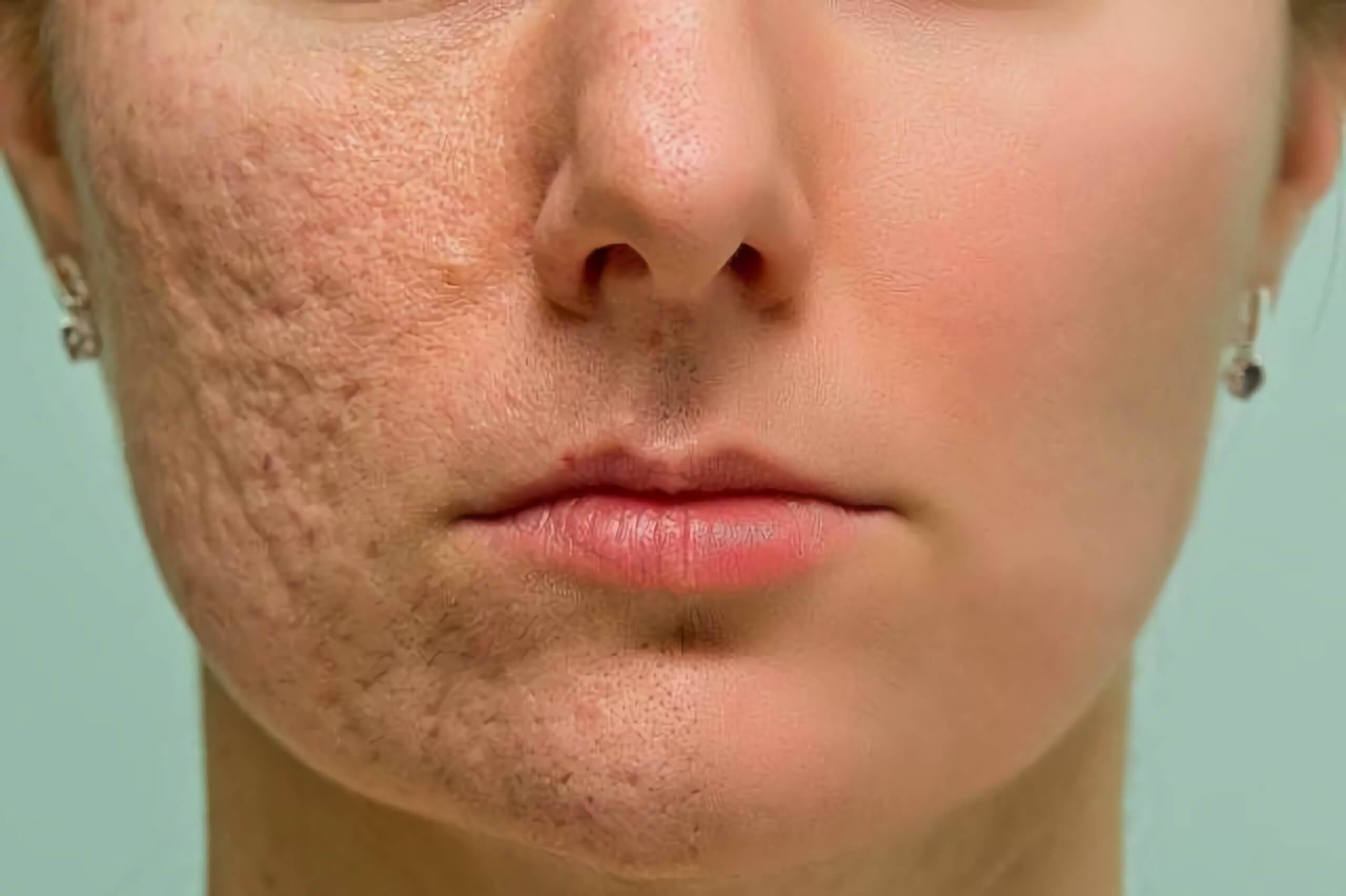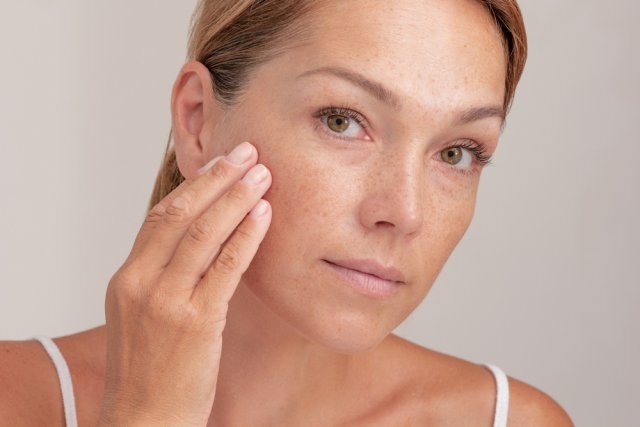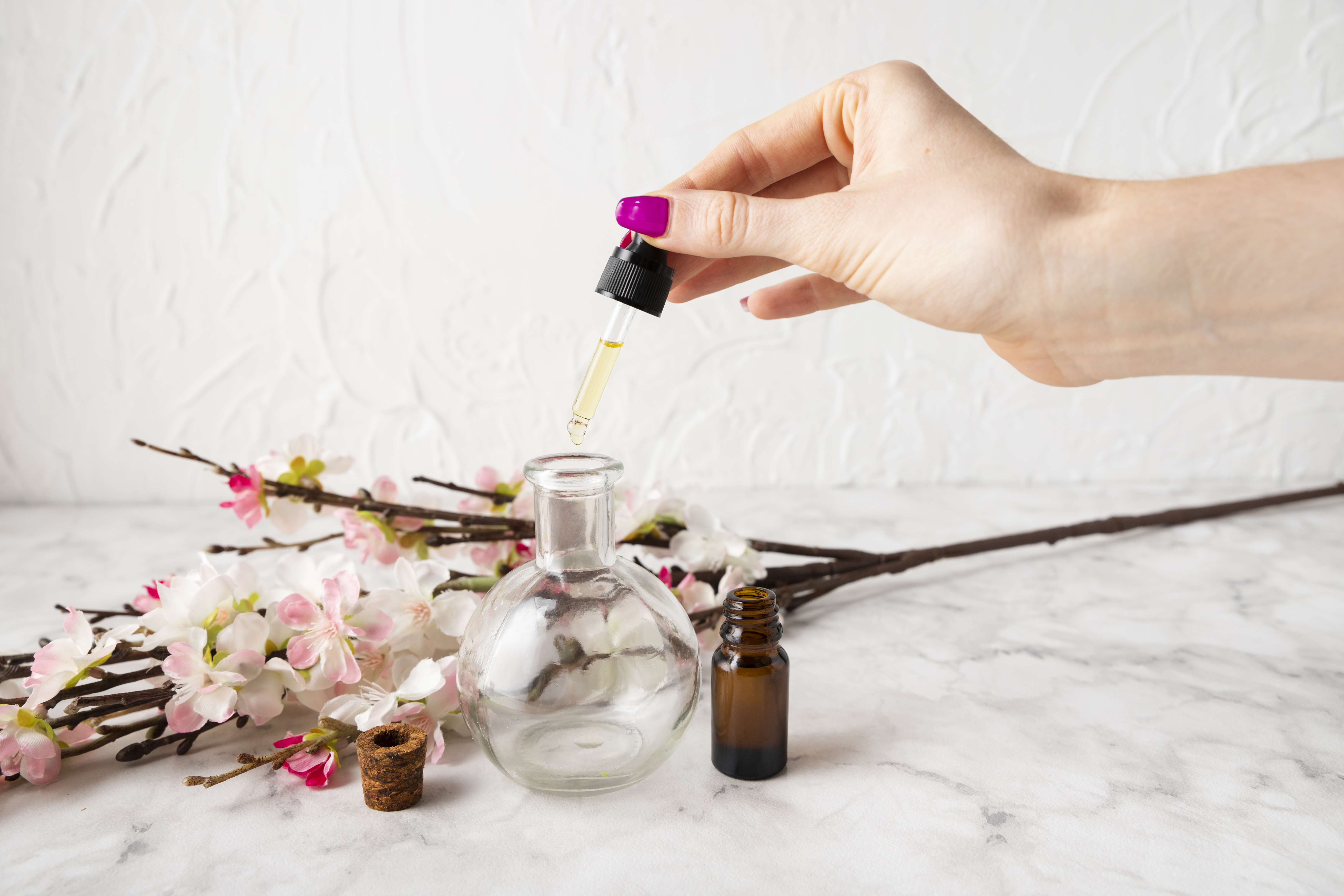The sun spares nothing neither the forest nor your exposed skin. While you can’t hide indoors forever, you can protect your skin with the right tools: clothing, hats, sunglasses, and most importantly, sunscreen.
But with countless products in the market, how do you choose the right sunscreen as part of your daily skin treatment? In this detailed guide, we explain everything you need to know from SPF to skin types to help you make an informed decision.
What’s the Difference Between Sunscreen and Sunblock?
Before choosing a product, it’s essential to understand the difference between sunscreen and sunblock:
Sunscreen: Offers limited protection, usually with SPF 15 or less. It absorbs UV rays and allows some to penetrate.
Sunblock: Contains higher SPF (30 or more) and physically blocks both UVA and UVB rays by sitting on top of the skin.
For most people seeking effective skin treatment, sunblock is a more protective choice, especially for fair or sensitive skin.
What Is SPF and Why Does It Matter?
SPF (Sun Protection Factor) indicates how long the sunscreen will protect your skin compared to no protection at all.
SPF 15 – Blocks ~94% of UVB rays
SPF 30 – Blocks ~97%
SPF 50 – Blocks ~98%
The higher the SPF, the longer your protection. However, no sunscreen offers 100% protection, so frequent reapplication is key.
Pro Tip: If you’re out between 10 AM and 4 PM, at high altitudes, or near the equator, always opt for SPF 30 or higher.
Why “Broad Spectrum” Sunscreens Are a Must
When shopping for sunscreen, always look for "Broad Spectrum" on the label. These products protect against both:
UVA Rays: Cause aging and long-term skin damage
UVB Rays: Cause sunburn and increase the risk of skin cancer
Regular use of broad-spectrum sunscreen is an essential part of any preventive skin treatment regimen.
Consider Your Skin Type and Tone
Your skin type plays a vital role in choosing the right sunscreen:
Fair skin: Higher risk of sunburn. Use SPF 30+ sunblock with broad-spectrum coverage.
Oily or acne-prone skin: Look for noncomedogenic formulas that won’t clog pores.
Sensitive skin: Choose PABA-free, fragrance-free, and hypoallergenic products.
Skin tone matters too—darker skin still requires sunscreen, even though melanin offers some natural protection.
Water-Resistant vs. Waterproof: Know the Difference
If you swim or sweat heavily, opt for water-resistant or waterproof sunscreens. But remember:
Water-resistant: Lasts up to 40 minutes in water
Very water-resistant: Up to 80 minutes
Regardless of the label, you’ll still need to reapply every two hours for effective protection.
Mineral vs. Chemical Sunscreens
Sunscreens come in two types:
Chemical (e.g., avobenzone, oxybenzone): Absorb UV rays and convert them into heat.
Mineral (e.g., zinc oxide, titanium dioxide): Sit on the skin’s surface and reflect rays.
For sensitive or allergy-prone skin, mineral sunscreens (like those with Z-Cote) are ideal. They’re less irritating, non-toxic, and now available in transparent formulas.
Product Forms: What Works Best for You?
Sunscreens are available in various forms:
Lotions: Great for all-over body coverage
Gels: Suitable for oily and acne-prone skin
Ointments: Best for dry areas like elbows and knees
Sprays: Quick and easy for children or hard-to-reach places
Sticks: Ideal for lips, nose, and around the eyes
Choose the one that fits your lifestyle and routine, ensuring it meets your skin’s specific needs.
Application Tips for Maximum Protection
To get the best results from your sunscreen:
Apply generously 30 minutes before sun exposure
Don’t forget often-missed areas: ears, neck, tops of feet, back of hands
Reapply every 2 hours, or more often if swimming or sweating
Use sunscreen daily, even on cloudy days
Why Sunscreen Is a Skin Treatment Essential
Daily sunscreen use isn’t just a beauty habit—it’s a critical part of long-term skin treatment:
Prevents premature aging (wrinkles, fine lines)
Reduces hyperpigmentation and dark spots
Protects against skin cancers like basal-cell carcinoma and melanoma
Supports other treatments (like facials or laser therapy) by preventing relapse of damage
Incorporating sunscreen into your skincare routine is as crucial as cleansing or moisturizing.
Final Thoughts
Choosing the right sunscreen goes beyond just SPF. Consider your skin type, daily exposure, activity level, and personal preferences. With the right sunscreen, you’re not just avoiding sunburn, you're investing in your skin’s long-term health and beauty. Protect your skin like a pro. Visit Dr. Purnima Mhatre’s Clinic for personalized skin treatment and product recommendations tailored to your skin type. Book your consultation today and give your skin the care it truly deserves. Would you like me to format this article for WordPress or create a content calendar around sun care and skin treatment topics?




